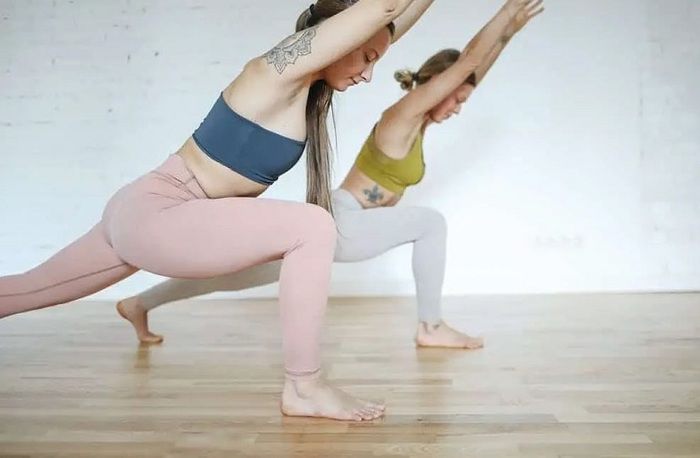What Are The Differences Between Vinyasa And Ashtanga Yoga
Since thousands of years ago, people have been engaging in the popular spiritual and physical practice of yoga. It is hardly surprising that during that period, several yoga styles developed from different instructors, ideologies, and geographical regions. While all yoga practices have benefits for everyone, some are more suited to the preferences and goals of the practitioner. If you are interested in teaching yoga, you can take yoga teacher training courses from Alpha Yoga School and become well experienced in practicing and teaching different poses
Ashtanga and Vinyasa yoga are the two most widely practiced yoga forms. They have a lot of practices that are similar, but in reality, vinyasa began as an Ashtanga offshoot but has now evolved into its own style in the Western world.
Here is all you need to know about the differences between Ashtanga and Vinyasa yoga in case you’re wondering which one is greatest for your particular objectives.
Differences Between Ashtanga And Vinyasa Yoga:
Ashtanga is also called Ashtanga Vinyasa yoga, while vinyasa is sometimes called flow yoga. In order to understand the difference between the two, let us take a look at the differences in the sequence, intensity, and class length.
Sequence:
The tightness of the posture sequence is the primary difference between Ashtanga and Vinyasa yoga. Every time, you take an Ashtanga class you practice the same set of positions in the same order. However, there is more variety and interpretation of flow sequences in the Vinyasa class.
Modern Ashtanga classes are focused on the primary sequence, which is the most beginner friendly. This sequence consists of a set order of standing and seated positions, opening and closing mantra chanting, and the well-known sun salutations called Surya Namaskar A and B. On the other hand, vinyasa Yoga Teacher Training in India offers more creativity and variation.
Intensity:
Intensity levels between Ashtanga and Vinyasa yoga are vastly different. Ashtanga yoga courses are frequently the most demanding and strenuous, making them excellent for enhancing physical fitness, muscular growth, and weight loss. Vinyasa, on the other hand, varies in intensity and may be simpler for novices to learn, yet it also burns some calories and increases strength.
Ashtanga yoga practitioners are frequently more intense yogis, who consistently wake up early in the morning to practice. Vinyasa yoga draws a more casual clientele who want to get in a quick practice at any time of the day.
Class Length:
The primary sequence of an Ashtanga yoga practice takes at least 90 minutes to complete. Classes in advanced power yoga can last up to two hours. Vinyasa sessions are frequently significantly more diverse, shorter for about 30 to 60 minutes, and great for beginners who are short on time.
Conclusion:
Both Ashtanga and Vinyasa yoga has similar yoga poses and methods. The major key difference is its structured and dynamic patterns. Ashtanga is more intensive because it combines ancient spiritual practices and follows a defined sequence of difficult postures, whereas Vinyasa is ideal for beginners.
